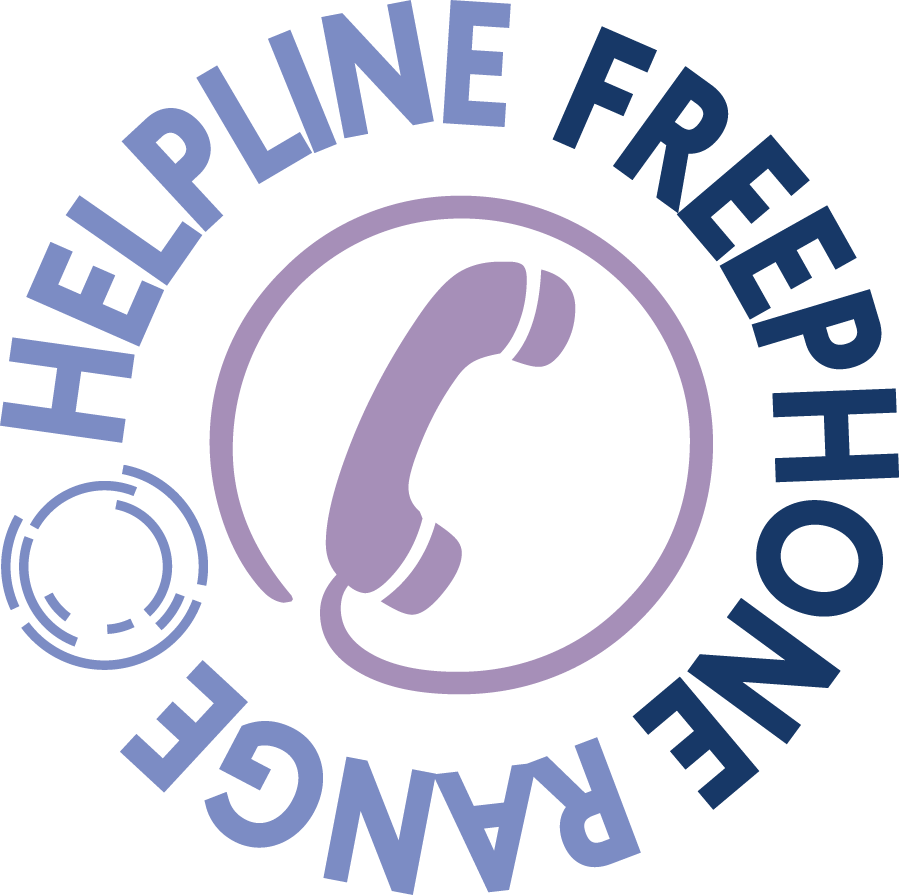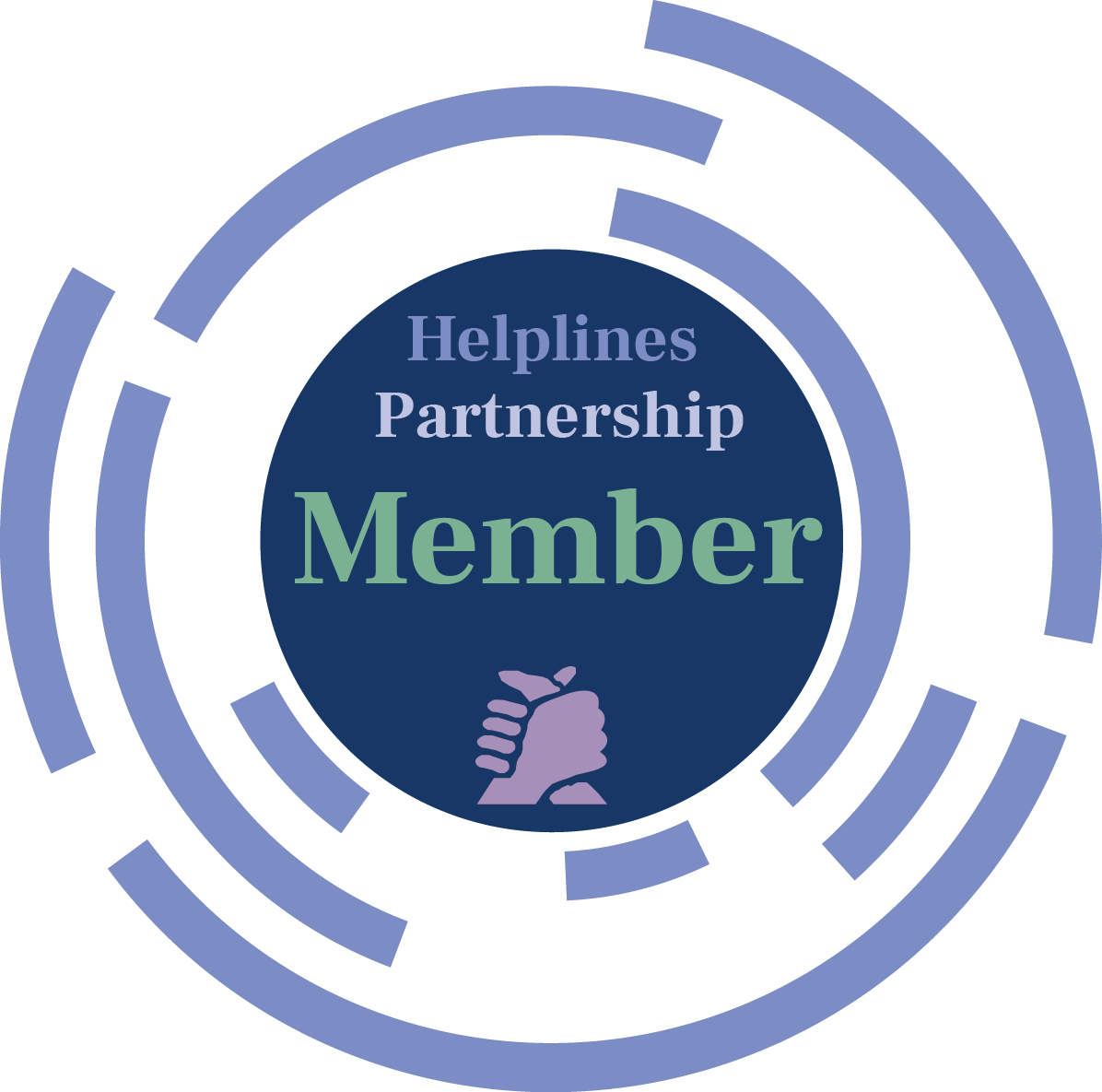
When a baby is sleeping away from home unplanned
If you find yourself sleeping away from home unplanned with a baby, you may need to adapt your safer sleep routine. Families in crisis may not be able to follow all the advice on this page, but these guidelines will help you create a safer sleep environment using the equipment that you have access to.
Note: Tap here if you are going on holiday or visiting family rather than being unexpectedly away from home in an emergency.
Whilst it can be difficult to keep to a safer sleep routine when your living arrangements keep changing, you can still carry out one of the most protective actions: sleeping your baby on their back. Research shows that sleeping your baby on their back at the beginning of every sleep or nap (day and night) significantly reduces the risk of sudden infant death syndrome (SIDS).
Babies who normally sleep on their back but sometimes sleep on their front or side are at a greater risk of SIDS. So even if there is a crisis or emergency that means you are sleeping away from home unplanned…
Always sleep your baby..
..on their back...
..in a clear cot or sleep space.
If you have a cot or Moses basket
If you have access to a cot or Moses basket, this is ideal. If you don’t, skip to the next section.
Babies need just a few basic items for sleep: a firm, flat, waterproof mattress and well-fitted bedding.
We recommend babies are slept in cots or Moses baskets that are kept clear. This means:
❌ No pillows or duvets
❌ No cot bumpers
❌ No soft toys or comforters
❌ No weighted or bulky bedding
❌ No sleep positions (e.g. wedges/straps/rolled up towels)
❌ No pods or nests, or anything soft placed on top of the mattress
If you do not have a cot or Moses basket
If you’re sleeping away from home unplanned with your baby and you don’t have a cot or Moses basket, then you should try and find another type of firm, flat, safe surface. A travel cot is a good option but if not, a pram / carrycot could be used (see below).
We would not advise using products like swings and baby bouncers as sleep spaces as they are not firm and flat.
Please select an option to read about:
Options for families sleeping away from home unplanned
🟡 Travel cots
Travel cot mattresses are a lot thinner than standard cot mattresses, however they are fine for a baby to sleep on.
Our only advice is don’t place folded blankets, towels or a quilt under the baby to make them ‘more comfortable’. This is loose bedding and babies are at higher risk of SIDS if they have their heads covered with loose bedding.
Place your baby on their back in the ‘feet to foot’ position (placing baby’s feet to the bottom end of the travel cot to avoid them wriggling down under the covers). Use a thin blanket no higher than their shoulders, and firmly tuck it under the mattress at both sides.
🟡 Prams as indoor sleep spaces
If you don’t have a cot, a travel cot or a Moses basket to hand, you could consider using your pram. Here’s our advice for using a pram as an indoor sleep space:
🟢 Ensure the base of the buggy or pram/carrycot is flat, not sloping or tilted
🟢 Pull the hood back when indoors
🟢 Don’t cover the pram or carrycot (i.e. don’t put a blanket over the top of the pram to keep out light)
🟢 The padded sides of a pram / carrycot may trap more heat, so keep checking your baby’s temperature. Remove a layer of bedding/clothing if they feel sweaty or clammy
🟢 Remove the carrycot apron as this is not needed indoors
Remember to ALWAYS check the manufacturer’s guidance.

🟡 Co-sleeping in an adult bed
If you choose to bring your baby into bed with you, follow our guidelines on how to bedshare more safely by tapping here.

However, do NOT bedshare if:
🔵 Your baby was born prematurely (before 37 weeks)
🔵 Your baby weighed under 2.5kg or 5½lb at birth
🔵 Anyone in the bed smokes or the baby was exposed to smoking in pregnancy
🔵 Anyone in the bed has drunk any alcohol or taken drugs
🔵 Any of the adults have taken medication which makes them sleepy
It is important to never sleep on a sofa or armchair with your baby as this can increase the risk of SIDS by up to 50 times. You should also not bring other children or pets into the bed whilst your baby is bedsharing with you.
🟡 Baby boxes
We acknowledge that for some families, especially those who may be fleeing domestic abuse or who find themselves in a crisis/emergency situation, a baby box may be a better alternative to co-sleeping with a baby in a hazardous circumstance. (Read the co-sleeping section above for information about hazardous co-sleeping scenarios.)
There is now a British Standards Institution standard for baby boxes, however we would still recommend babies sleep in a cot or Moses basket when possible. Baby boxes may be a good stop gap if you’re sleeping away from home unplanned due to an emergency, but they are not as robust as cots and are quickly outgrown.
Here are some safer sleep guidelines for baby boxes:
🟠 Do not lift or carry the box if your baby is in it
🟠 Do not put the lid on the box if your baby is in it
🟠 Always keep the box clear as a sleeping space
🟠 Do not place additional bedding on top of or underneath the mattress to raise your baby up to a higher level
🟠 Ensure the box is placed on a solid surface and cannot fall over, preferably on the floor if it is clean and dry
🟠 Do not use the box if it gets wet or soiled
🟠 Ensure that any pets stay away from the box
FAQs: safer sleep for babies sleeping away from home unplanned
Can my baby sleep in a car seat if we’re sleeping away from home unplanned?
Click here to open this question
It is important not to let your baby stay in a car seat for a long time. This is even more important for premature or young babies.
Car seats are designed to keep babies safe while travelling, not as a main sleeping place. Your baby should be moved out of their car seat as soon as you get to your destination and placed onto a firm, flat surface to sleep.
What about room temperature?
Click here to open this question
It is important to make sure that your baby is at a comfortable temperature – not too hot or too cold with an ideal room temperature of between 16-20°C.
If the room temperature is very warm, it is fine for baby to sleep wearing just a nappy.
If the room is very cold, avoid over-wrapping as overheating is associated with an increased risk of SIDS.
Resources
If you or a family you know are sleeping away from home unplanned with a baby, download the booklet shown below.

